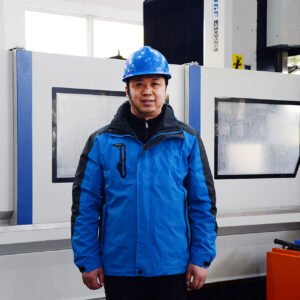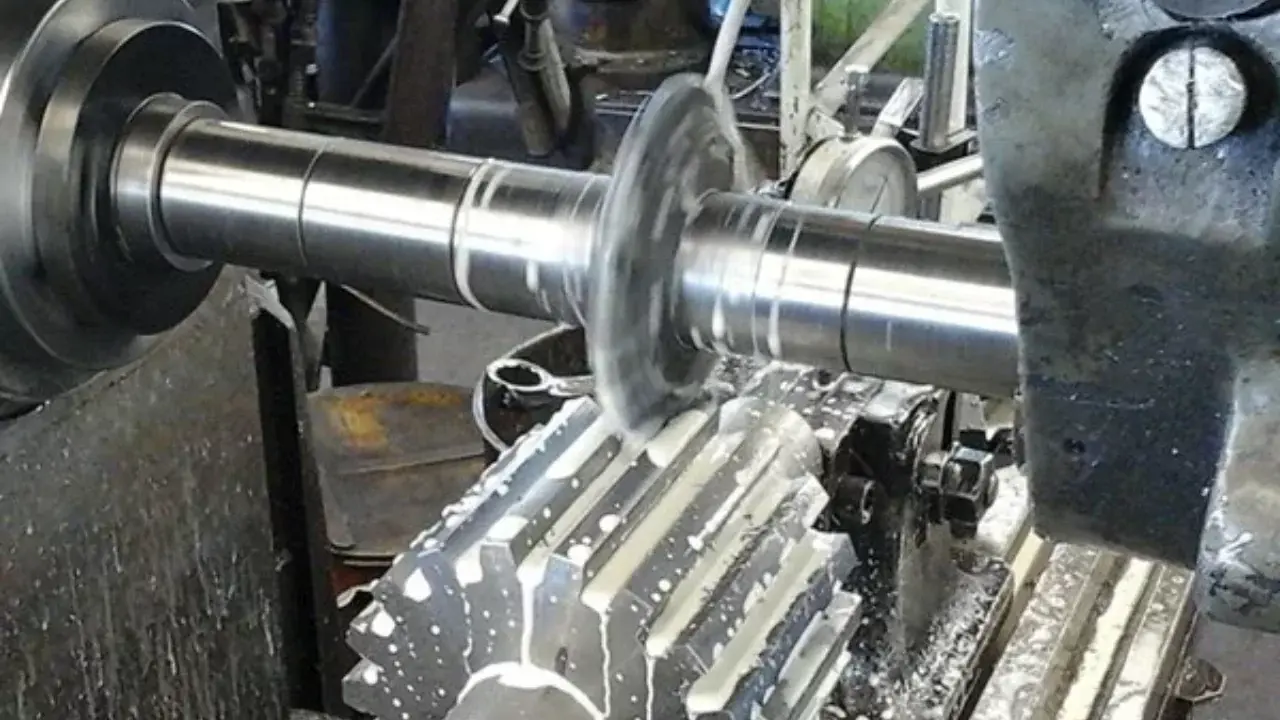Resistance Spot Welding (RSW): Process Overview

Resistance Spot Welding is a process wherein the faying surfaces of a lap joint are joined by applying pressure and heat generated by electrical resistance. The heat generated is concentrated at the weld site by the opposing electrodes, which are fabricated from copper-based alloy or copper-tungsten combination: copper-based alloys are used widely due to their high degree of conductivity, while copper-tungsten combinations provide better resistance to abrasion and wear in those applications that are considered demanding.
Electrodes basically control the quality and size of the weld. Although a round shape at the tip of an electrode is the most commonly used form, other designs, such as hexagonal and square tips, have been developed for special purposes. Other electrodes have internal water-cooling passageways that help to reduce their heating during welding, hence increasing their service life.
The wide applications of Resistance Spot Welding are found in industries such as car manufacture, with one car body needing approximately 10,000 single spot welds. Other general uses include appliances, metal furniture, and similar sheet-metal products. Its prevalence in mass production underlines its economic and industrial importance since worldwide automobile production alone reaches tens of millions each year.
Spot Welding Equipment
There are three primary types of spot-welding equipment: rocker-arm machines, press-type welders, and portable spot-welding guns. Each is best suited to a specific application.
Rocker-arm spot welders (such as the one seen below) have been used widely in handling relatively small workpieces. The configuration includes a fixed lower electrode and a floating upper electrode carried on a rocker's arm. The movement of the upper electrode is controlled by a foot pedal, in which an operator can raise or lower it to take up the work through the loading and unloading procedure. For instance, such machines are applicable for light-duty operation, and modern types often include programmable controls to manage force and current during the weld cycle.

Rocker arm machine
For bigger and heavier workpieces, press-type spot welders are the best choice. These are stationary machines where a vertically powered press, driven pneumatically or hydraulically, is used to move the upper electrode in a straight-line motion. This design permits the application of higher forces and accommodates more complex weld cycles, making them indispensable for large-scale industrial applications.
In situations where it is impractical to make use of stationary spot-welding machines to handle large and heavy parts, hand-operated portables are the effective solution. Lightweight tools feature opposing electrodes housed in a pincer mechanism, allowing a human worker or industrial robot to easily maneuver them. Portable guns are connected to power and control systems via flexible cables and hoses with the option of incorporating water cooling for the electrodes. Their adaptability also makes them cornerstones in automobile assembly plants, used extensively to weld car bodies—often under the control of a robot.
Spot Welding Process
The spot welding process consists of a series of events, called the welding cycle, and it entails part insertion, application of force, controlling weld time, and cooling. Each step in the cycle is important to get a strong and reliable weld. Steps in a spot welding cycle are shown in the Figure below.

The Welding Cycle
1. Immersion of Parts and Primary Contact
The metal parts are placed in between two copper electrodes. These electrodes are then brought into slight contact with the surface of the metals, having applied some pressure to them. On a microscopic level, the surface of metals is never smooth; hence, it is only peaks that can happen to touch initially. At such points, when adequate contact pressure is applied, the oxide layer breaks and a few metal-to-metal bridges are formed. The weld schedule ensures enough time is allowed for the electrode force to reach 95% of the intended weld force before the current flow starts, ensuring consistency and accuracy.
2. Applying Weld Current
When the required pressure has been attained, a high electric current is passed through the electrodes for a very short period of time. While the passage of current through the bulk metal spreads to a large area, at the interface where the metals touch each other, the current flows through the metallic bridges and the current density at this point becomes very high. The current density at this point develops enough heat to melt the metallic bridges.
When these initial bridges melt and collapse, other peaks on the metal surfaces come into contact with each other to form new bridges. The resistance of the molten metal is higher compared to the newly formed bridges, and current shifts to the newly formed pathways. The process of transition from one bridge to another repeats till the complete interface is melted and a nugget is formed.
Energy input at the weld spot depends on the material resistance, magnitude of current, and weld time. There has to be a balance; too little energy input creates incomplete melting, making a weak weld; excess energy causes over-melt, even to the ejection of the molten material, sometimes piercing a hole through the joint.
3. Cooling and Solidification
Once the current stops, for a short time the electrode force is maintained so that the molten metal may cool down and get solidified under pressure. In most of the welding systems, the electrodes have coolant holes that accelerate this cooling by locally cooling the workpiece.
By the end of this process stage, a round nugget is formed, with a diameter of 4 to 7 millimeters. Such a nugget will ensure a strong joint without any weld bead on either side of the sheet, maintaining the structural integrity and surface look of the workpiece.
Resistance Seam Welding (RSEW)
Resistance Seam Welding (RSEW) is a more perfected variation of resistance spot welding in which stick-shaped electrodes are replaced by rotating wheels, as illustrated in the Figure below. The arrangement provides a number of overlapping welds in a lap joint and ensures strong, leak-tight seams. Resistance seam welding is widely used in tank fabrication and manufacturing of automobile mufflers and other fabricated sheet metal containers. It continues to be a very important joining process in the manufacturing of durable, sealed components for many industries.
Key Process Details

Seam welding operation is generally performed on a continuous basis and the seams must be straight or of uniform curvature due to the problems experienced with sharp corners and discontinuities. Fixtures are required to position the workpieces and to prevent warping, which is the major problem with seam welding.
The three variants of RSEW (Continuous motion welding, Roll spot welding, and Continuous seam welding) are graphically represented in the Figure below.

These techniques reveal the flexibility of the process:
Continuous Motion Welding: This is the major process in which electrode wheels rotate continuously at a constant speed and the weld current pulsates at regular intervals. Overlapping weld nuggets are thus created by the timing for a consistent and strong seam.
Rolling Resistance Spot Welding: This involves introducing gaps between weld nuggets through the reduction of weld current pulse frequency. Thus, intermittent weld spots are created along the seam and are best suited where less continuity of weld is needed.
Continuous Seam Welding: In this variant, the welding current is continuous; therefore, it yields a fully uninterrupted seam continuously along the joint.
Another method, intermittent motion welding, stops the electrode wheel cyclically to make the welds. The wheel rotates between stops and hence the spacing of the weld nuggets can create patterns like those in a) and b) of the Figure above.
Equipment and Cooling
Seam-welding machines are like press-type spot welders, except that their electrodes are wheel-shaped instead of stick-shaped. Cooling is also necessary in RSEW to prevent undue heating of both the workpiece and electrode wheels. This can be done by directing water onto the top and underside of the workpiece surfaces adjacent to the electrode wheels.
Summary Comparison of Spot Welding and Seam Welding
| Feature | Spot Welding (RSW) | Seam Welding (RSEW) |
| Process | Fusion achieved by applying pressure and passing current through opposing electrodes at discrete points. | Requires active cooling of electrode wheels and workpieces to manage continuous heat. |
| Applications | Widely used in automobiles, appliances, and metal furniture; ideal for non-airtight assemblies. | Used for airtight assemblies like gasoline tanks, mufflers, and sheet metal containers. |
| Electrodes | Stick-shaped electrodes; common shapes include round, hexagonal, and square. | Fusion is achieved by rotating wheel electrodes to create overlapping welds along a seam. |
| Weld Type | Discrete weld nuggets (5-10 mm in diameter). | Overlapping or continuous weld seams. |
| Flexibility | Suitable for various geometries; non-continuous operation. | Best for straight or uniformly curved seams; struggles with sharp corners or discontinuities. |
| Industrial Use | Predominant in mass production, especially in car manufacturing with robots and portable guns. | Common in sheet metal fabrication where air-tightness is critical. |
| Heat Affected Zone (HAZ) | Localized HAZ around each weld nugget. | Larger risk of warping and distortion due to continuous heat application. |
| Cooling | Often cooled using water-cooled electrodes. | Minimal fixtures are needed for holding parts. |
| Speed | Rapid cycle times, with discrete operations. | Continuous operation for long seams; requires consistent velocity and current control. |
| Fixture Requirements | Minimal fixtures needed for holding parts. | Requires robust fixtures to prevent warping and maintain seam alignment. |
| Power Requirement | Requires pulsed current for each weld spot. | Requires continuous or intermittent current, depending on the seam type. |







